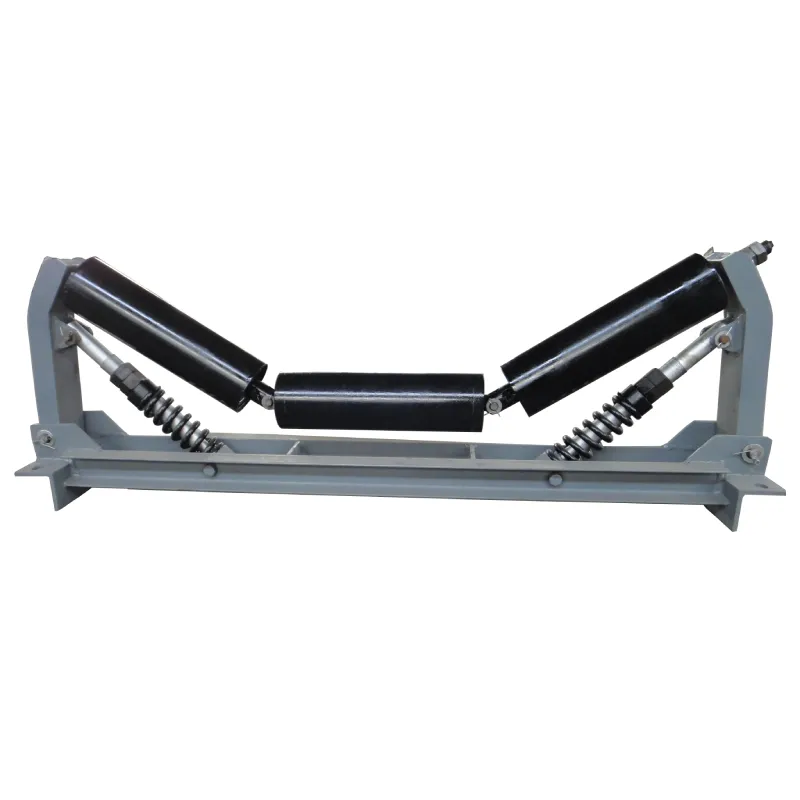 Afrikaans
Afrikaans  Albanian
Albanian  Amharic
Amharic  Arabic
Arabic  Armenian
Armenian  Azerbaijani
Azerbaijani  Basque
Basque  Belarusian
Belarusian  Bengali
Bengali  Bosnian
Bosnian  Bulgarian
Bulgarian  Catalan
Catalan  Cebuano
Cebuano  Corsican
Corsican  Croatian
Croatian  Czech
Czech  Danish
Danish  Dutch
Dutch  English
English  Esperanto
Esperanto  Estonian
Estonian  Finnish
Finnish  French
French  Frisian
Frisian  Galician
Galician  Georgian
Georgian  German
German  Greek
Greek  Gujarati
Gujarati  Haitian Creole
Haitian Creole  hausa
hausa  hawaiian
hawaiian  Hebrew
Hebrew  Hindi
Hindi  Miao
Miao  Hungarian
Hungarian  Icelandic
Icelandic  igbo
igbo  Indonesian
Indonesian  irish
irish  Italian
Italian  Japanese
Japanese  Javanese
Javanese  Kannada
Kannada  kazakh
kazakh  Khmer
Khmer  Rwandese
Rwandese  Korean
Korean  Kurdish
Kurdish  Kyrgyz
Kyrgyz  Lao
Lao  Latin
Latin  Latvian
Latvian  Lithuanian
Lithuanian  Luxembourgish
Luxembourgish  Macedonian
Macedonian  Malgashi
Malgashi  Malay
Malay  Malayalam
Malayalam  Maltese
Maltese  Maori
Maori  Marathi
Marathi  Mongolian
Mongolian  Myanmar
Myanmar  Nepali
Nepali  Norwegian
Norwegian  Norwegian
Norwegian  Occitan
Occitan  Pashto
Pashto  Persian
Persian  Polish
Polish  Portuguese
Portuguese  Punjabi
Punjabi  Romanian
Romanian  Russian
Russian  Samoan
Samoan  Scottish Gaelic
Scottish Gaelic  Serbian
Serbian  Sesotho
Sesotho  Shona
Shona  Sindhi
Sindhi  Sinhala
Sinhala  Slovak
Slovak  Slovenian
Slovenian  Somali
Somali  Spanish
Spanish  Sundanese
Sundanese  Swahili
Swahili  Swedish
Swedish  Tagalog
Tagalog  Tajik
Tajik  Tamil
Tamil  Tatar
Tatar  Telugu
Telugu  Thai
Thai  Turkish
Turkish  Turkmen
Turkmen  Ukrainian
Ukrainian  Urdu
Urdu  Uighur
Uighur  Uzbek
Uzbek  Vietnamese
Vietnamese  Welsh
Welsh  Bantu
Bantu  Yiddish
Yiddish  Yoruba
Yoruba  Zulu
Zulu main parts of belt conveyor
Main Parts of a Belt Conveyor
Belt conveyors are essential mechanical devices widely used in various industries for transporting materials efficiently. Understanding the main components of a belt conveyor is crucial for anyone working in manufacturing, logistics, or material handling. This article outlines the primary parts of a belt conveyor and their functions.
1. Belt The belt is the most crucial component of a belt conveyor, typically made from rubber, fabric, or metal. It serves as the medium that transports materials from one point to another. The belt's design and material depend on the type of materials being carried and the operating environment. For instance, heavy-duty applications might require reinforced belts capable of carrying substantial loads without deformation.
Main Parts of a Belt Conveyor
3. Idlers Idlers are cylindrical rollers positioned along the conveyor's length. They support the weight of the belt and the materials being transported, helping to maintain the belt's alignment and tension. There are different types of idlers, including troughing idlers, which help to form the belt into a concave shape to hold the materials securely, and return idlers, which support the empty belt as it returns to the starting point.
main parts of belt conveyor

4. Frame The frame is the structural backbone of the conveyor. It provides the necessary support for all other components and ensures stability during operation. Conveyor frames can be made from various materials, including steel, aluminum, or heavy-duty plastic, depending on the application and environmental conditions. A well-designed frame helps in reducing vibration, minimizing structural stresses, and enhancing the overall durability of the conveyor system.
5. Drive Motor The drive motor powers the conveyor system. It is critical in determining the speed and efficiency of the belt movement. Motors can be electric or hydraulic, depending on the application's requirements. The choice of motor impacts not only the conveyor's performance but also its energy consumption, making it vital to select an appropriate motor based on load and distance.
6. Control System The control system manages the operation of the belt conveyor, allowing for adjustments in speed and direction. Modern conveyors are equipped with sophisticated controls, including sensors and programmable logic controllers (PLCs), which enhance automation and improve safety. The control system ensures that the conveyor operates smoothly and efficiently, enabling operators to monitor performance and make real-time adjustments as needed.
In conclusion, the main parts of a belt conveyor—belt, pulleys, idlers, frame, drive motor, and control system—work in tandem to facilitate efficient material transportation in various industries. Understanding these components is essential for effective maintenance, troubleshooting, and optimizing performance. As industries continue to evolve, advancements in technology will likely lead to even more efficient and versatile belt conveyor systems, shaping the future of material handling.
-
Revolutionizing Conveyor Reliability with Advanced Rubber Lagging PulleysNewsJul.22,2025
-
Powering Precision and Durability with Expert Manufacturers of Conveyor ComponentsNewsJul.22,2025
-
Optimizing Conveyor Systems with Advanced Conveyor AccessoriesNewsJul.22,2025
-
Maximize Conveyor Efficiency with Quality Conveyor Idler PulleysNewsJul.22,2025
-
Future-Proof Your Conveyor System with High-Performance Polyurethane RollerNewsJul.22,2025
-
Driving Efficiency Forward with Quality Idlers and RollersNewsJul.22,2025





























